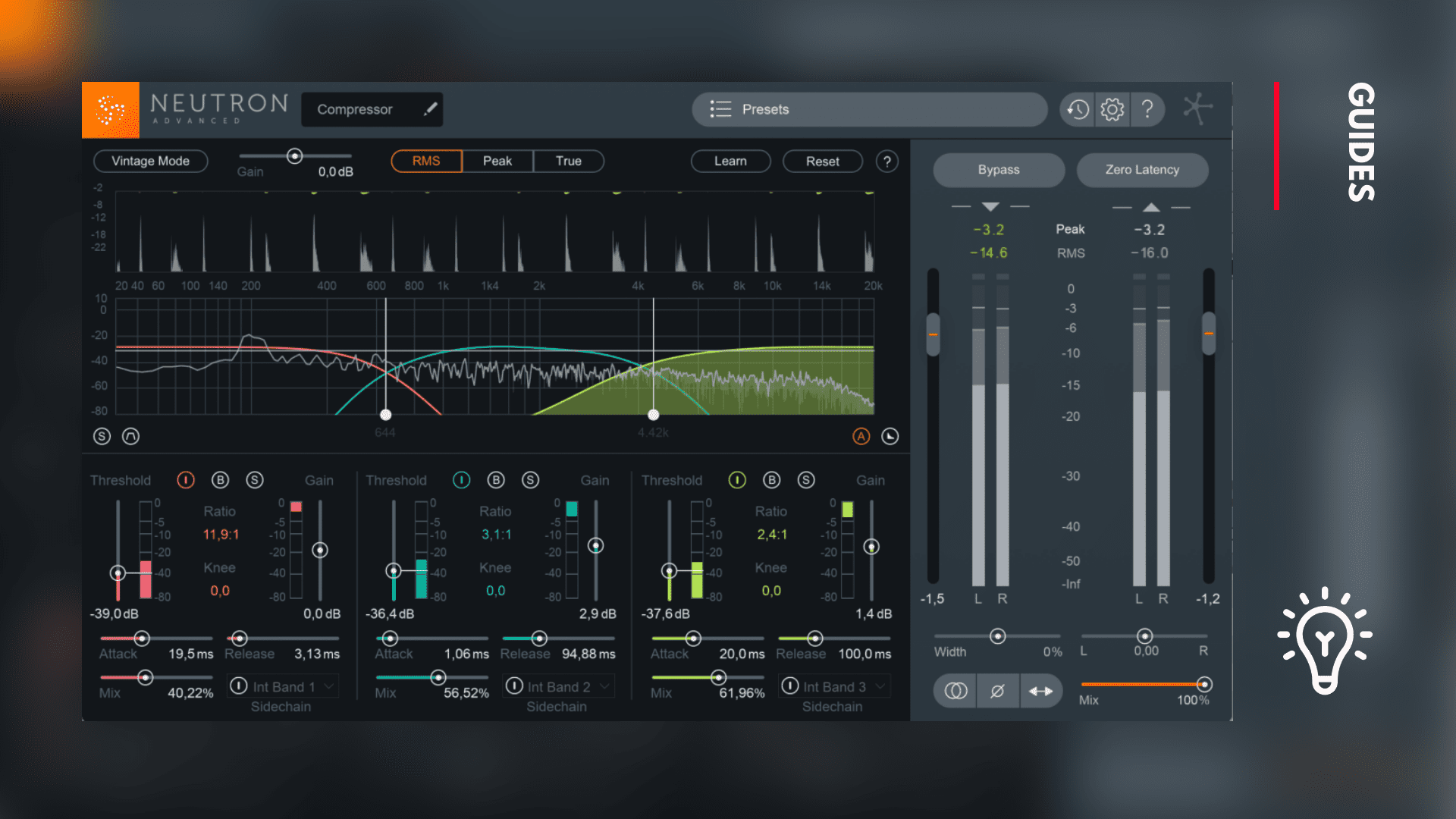

What is paralell compression and how to use it?
Regular compression is often used to get more controlled dynamics in a certain signal but it is often overused by upcoming music producers. When overused it can really make your instruments sound over-processed and very flat, this is where parallel compression comes in. Parallel compression is a technique when you’re duplicating a signal and compressing it heavily (in most cases) and then fading it into the desired amount to achieve a more powerful character. In this article, we’ll go through the basics of parallel compression and teach you how to apply it in your productions.
| Best House & Techno Sample Packs – Click here to checkout
1. Purpose of using parallel compression
The main purpose of this technique is to achieve some extra spice that is lacking in the signal to make it cut through the mix the way you want.
Let’s say you have a vocal that has its main part in the drop of your song, but it just doesn’t cut through the mix the way you want, this is where parallel compression can play a huge role. By parallel compressing this vocal, you’re creating a duplicate of the existing signal (preferably sending this duplicate to a bus channel) and putting a compressor on, pushing it heavily with the settings, and fading that duplicate of the signal in the desired amount. You’ll hear that the vocal is now cutting through a lot better in the mix with the added dynamics of that parallel compressed signal.
2. When to use parallel compression
It can be used on almost anything, but with that said it’s also easy to overuse. Use it on instruments that need to stand out in the mix, or just need that little extra punch. The technique is mostly used on drums, especially on drum buses, and can really make your drums pop through the mix with that extra punchiness it’s getting from the parallel compressed signal.
3. How to apply parallel compression
To apply this technique, start by creating an aux return channel in your DAW’s mixer, add your to-go-to compressor on that aux channel and make sure to select “pre-fader” instead of off “post-fader” on that send track. The trick is to push the compressor heavily, so don’t be afraid to push the threshold with this technique.
4. Top 5 plugins for parallel compression
There are quite some alternatives on the market today that can help you achieve great results with the parallel compression technique. We have shortlisted some of the best plugins on the market today for the purpose of parallel compression.
- Soundtoys Devilloc
- Baby Audio I Heart NY
- Waves CLA-76 Compressor/Limiter
- Fabfilter Pro-C 2
- iZotope Neutron 3
The video below shows how the technique is done.
Summary
Parallel compression is a very useful technique to have in your production luggage if you’re struggling to get that final punch on your signal. Some mixing engineers even apply this technique to their master-chain but not with the same amount as you can push one individual signal of course. Get out there and try for yourself, most definitely you’ll be surprised with the end result you can achieve with this technique.
Image credits: iZotope
Next article: Best plugins for enhancing stereo width in 2021


- Arodes cover Interview
- Armin van Buuren: Breathing In [Exclusive Interview]
- Ibiza 2024: What To Expect
- Burak Yeter: A Day In Space [Exclusive]

